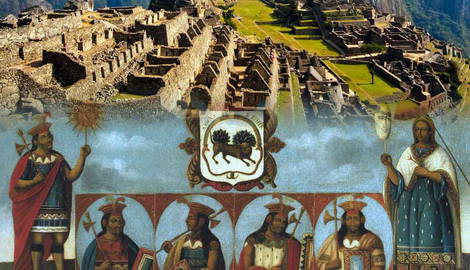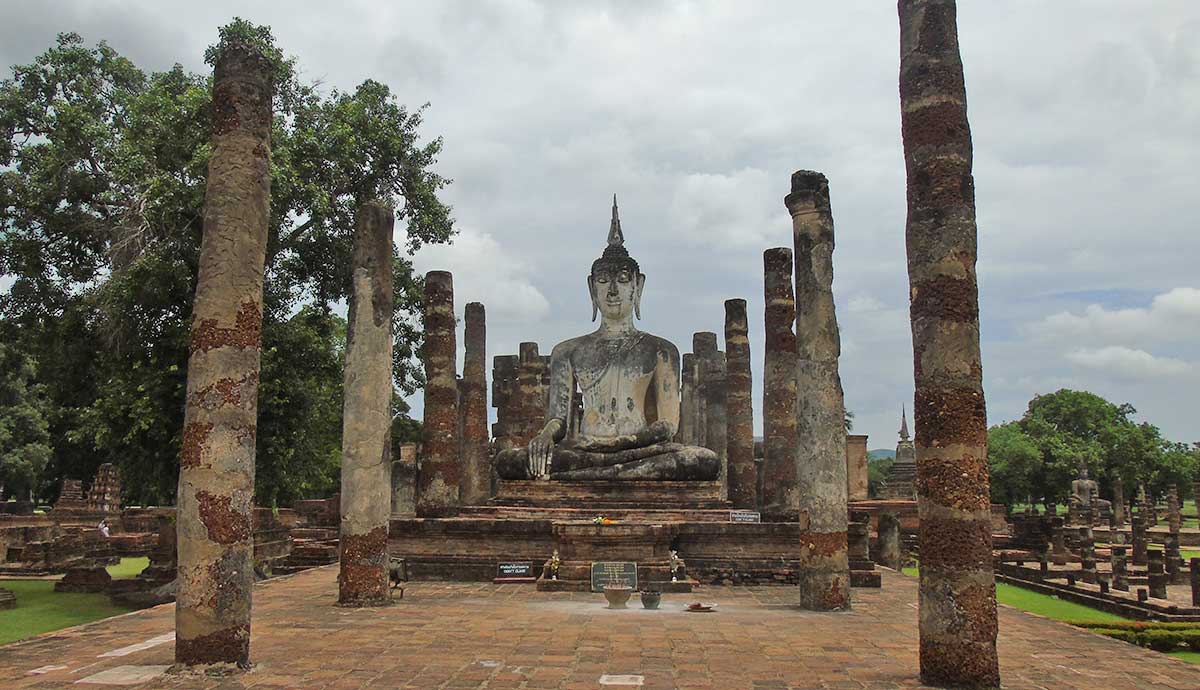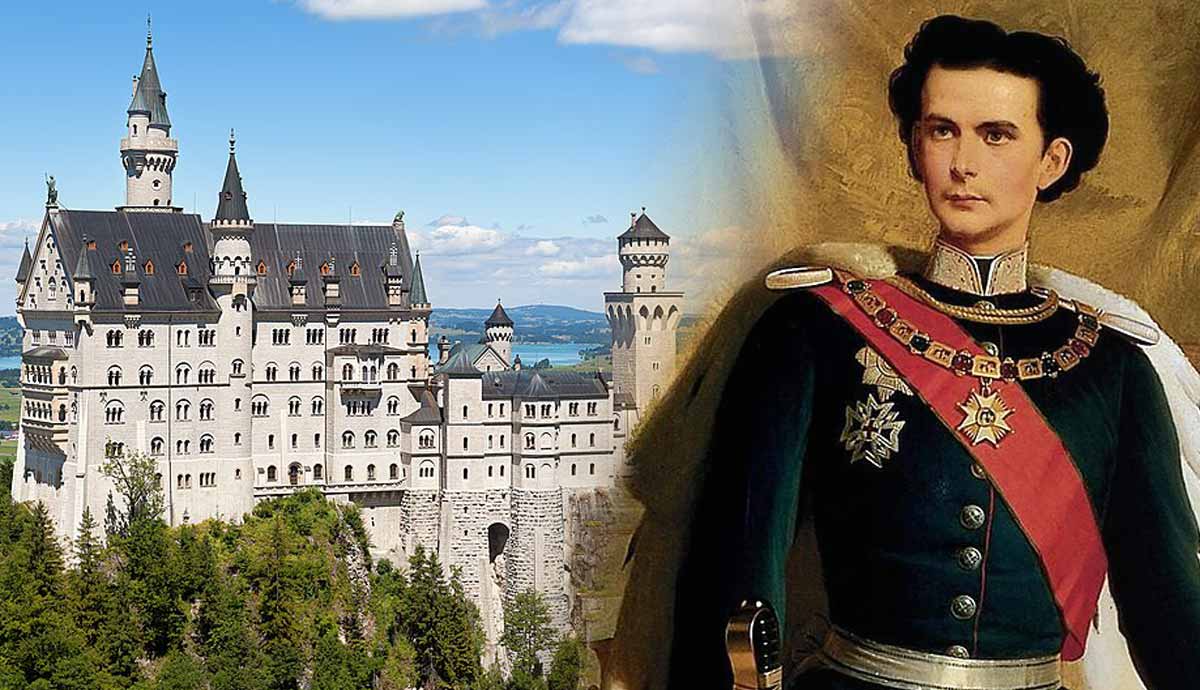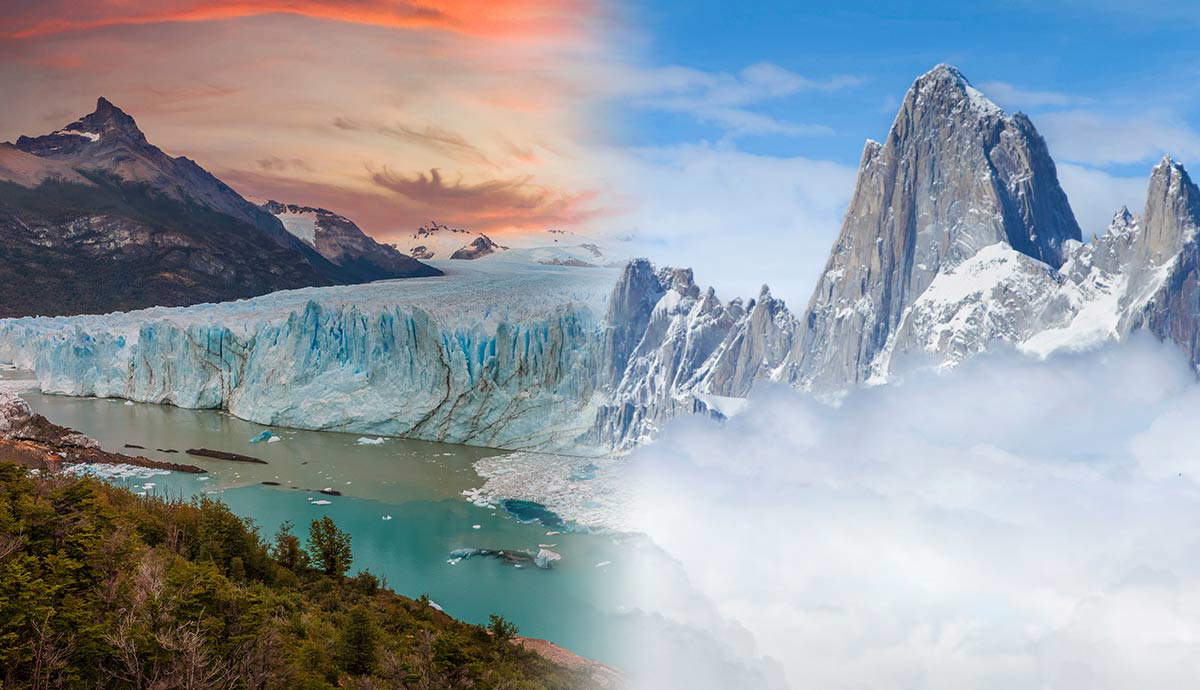ƒ
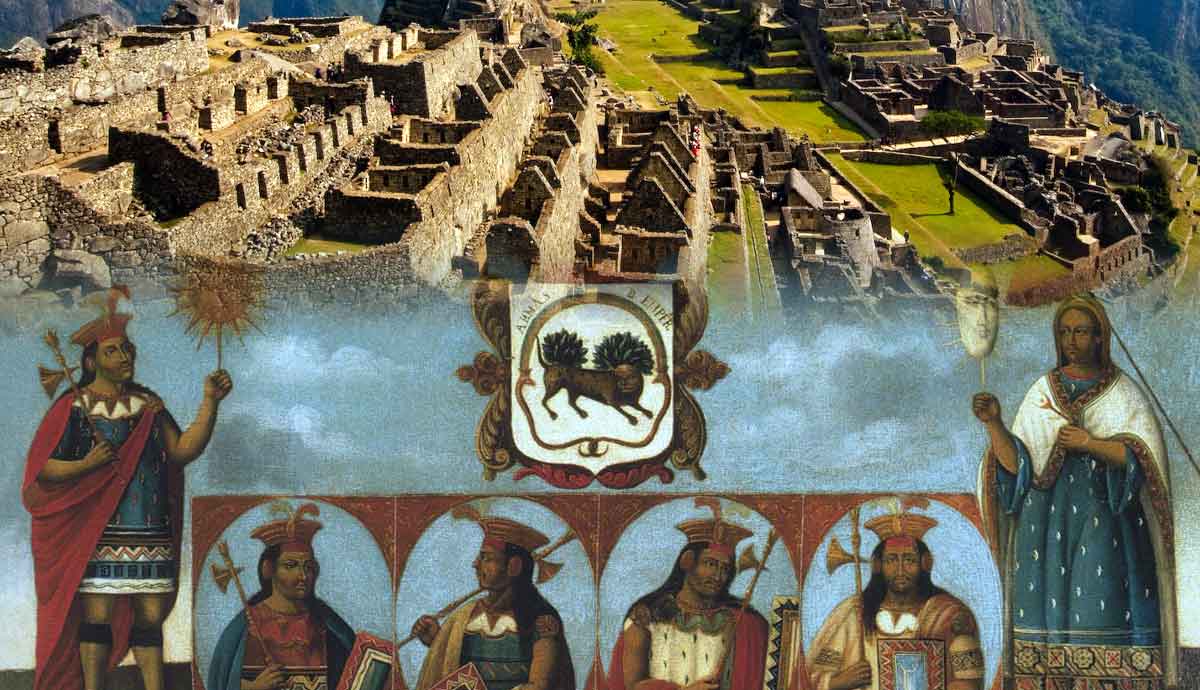
The Inca Empire once stretched 2,500 miles along the Andes of western South America. At its height, it was one of the largest empires in the world and, in geographic terms, the most extensive polity ever to rise in the pre-Columbian Americas. The religious system of the Inca was a syncretic mix of pre-Columbian traditions, as the Inca incorporated the beliefs of those they conquered. One of the most distinctive features of Inca religion was the spiritual power with which natural landscapes were imbued, as seen in its sacred huacas and apus.
The Andean Roots of Inca Religion

Over less than a century, the Inca Empire rose to prominence as the pre-Columbian Americas’ greatest empire before falling to civil war, European diseases, and the Spanish conquest beginning in 1532. Despite its relatively short reign, the Inca Empire—stretching from southern Colombia down to Chile and Argentina—developed a highly elaborated yet diverse and syncretic religious system which both drew upon pre-imperial Inca mythology and incorporated other forms of pre-Columbian Andean religion.
The Andes are the world’s longest continuous mountain range, stretching from the northernmost reaches of South America down to the southernmost tip of the continent in frigid Patagonia. In the millennia following the arrival of the first human settlers of South America—beginning between 12,000 and 14,000 years ago, according to most current archaeological estimates—numerous highly complex and large-scale civilizations cropped up along the whole length of the Andes. Consequently, the Andes is one of the few world regions where complex, urban, and agricultural societies developed independently, also giving rise to structured forms of organized religion.

Although religious systems varied across the diverse geography of the Andes, three basic concepts underpinned Andean religion in general: animism, divination, and ancestor worship. Animism describes a vision of the natural world and its features as imbued with spiritual essence: rocks, trees, rivers, forests, mountains, the sun, the air, and other such natural entities are all spiritually animated, and some of these entities—namely the sun and the moon—are recognized as gods. Divination is the practice of attempting to gain insight into a problem or question through prophecy, oracles, and rituals. Ancestor worship is the veneration of the dead, usually related to beliefs in the afterlife and the ability of ancestral spirits to protect one’s community or influence events in the present.
Of those three concepts, animism was one of the most prevalent across the ancient Andes. Two Andean concepts of sacred landscapes imbued with spiritual power were particularly central to Inca religion: huacas and apus.
Huacas: Places of Power and Their Resident Spirits

The term huaca, also spelled wak’a, comes from the Quechuan languages, one of the most widespread language families in the central Andes and the primary language family of the Inca and their neighbors. Huacas are sacred objects, typically natural locations or distinctive topographical features, but can also take the form of shrines or monuments. As a common religious concept throughout the Andes, huacas long predated the Inca Empire, and they can still be found all over Peru and neighboring countries.
Two prominent examples of monumental huacas that predated the Inca are the Huaca del Sol and the Huaca de la Luna, large adobe brick structures built by the Moche civilization on the arid coast of modern Peru. The fact that these structures were built along the coastal lowlands indicates that huacas were not strictly an Andean concept but permeated into the neighboring lowlands to the west and east of the mountains.
Huacas were not considered merely objects or places, but more specifically the spirits that inhabited them. Therefore, when the Inca paid homage to a huaca in the form of a river or rock formation, they were not necessarily honoring the place itself, but rather the spirits that animated it. This dualism—huacas as both natural and supernatural entities—is one of the defining features of Inca cosmology, represented by the philosophical concept of Yanantin, often translated as “complementary dualism.”

Among the Inca, some of the most important huacas in the empire were located along the ceque system, a series of ritual pathways radiating outward from the capital city of Cusco. Cusco was considered the center of the four corners of the Inca Empire, whose Quechua name, Tawantinsuyu, literally means “Realm of the Four Parts.” The paths of the ceque system converged at Qorikancha, a temple devoted to Inti—the god of the sun and one of the highest deities of the Inca pantheon—and ran through the four corners of the empire. While the number of huacas along each road varied, each pathway served as a conduit to some of the most powerful sites of spiritual energy in the empire.
Apus: Protector Gods of the Andes Mountains

In Quechua, the term apu translates to “lord,” suggesting the weight these powerful entities held in the lives of Indigenous Andeans along the length of the mountain range. Apus are generally conceived of as the protector spirits of mountains or hills, often with anthropomorphic features. However, like huacas, this concept can refer to both the mountain spirit and the mountain itself—in the complementary dualism of Andean cosmology, two sides of the same coin. Apus were generally recognized as the most powerful of all nature spirits.
Among the Inca, mountains were an omnipresent feature of the natural world. Consequently, numerous apus presided over their territory and were revered as protective spirits by the people who lived alongside them, and many such apus held great significance within Inca religion and mythology. One of the most important was Ausangate, a snow-capped mountain about 100 kilometers (60 miles) southeast of Cusco. Even today, the apus of this region retain their spiritual power, drawing thousands of Quechua pilgrims to the annual festival of Quyllurit’i atop the apu of Qullqipunku, located 20 kilometers (12 miles) north of towering Ausangate.
The world-famous archaeological site of Machu Picchu, one of the best preserved of all Inca settlements, is also an example of the Inca reverence for apus. The site of this citadel, perched high atop the impossibly steep slopes of the mountain Wayna Pikchu, was chosen not only for defensive purposes but also to put the priests of the complex—and the royal Inca who sometimes resided in it—in close contact with the apu of the mountain. Visitors to this site will note the anthropomorphic appearance of the apu, which takes the form of a huge face emerging from the earth.
Who Were the Priests of the Inca Empire?

The Inca Empire was unique among the pre-Columbian states of the Andes in the extent to which it formalized and organized its ethnic religion into an imperial one, by incorporating the beliefs and traditions of other groups—both their political predecessors and the various peoples the Inca incorporated during their imperial expansion. Because of this cultural diversity, religion was practiced in different forms across the empire, but its most structured form developed in the imperial capital of Cusco.
In the city of Cusco, ten families of Inca nobility called panaqas—each comprised of the family and descendants of a different Sapa Inca, or emperor—oversaw religious ceremonies in honor of specific deities. For instance, one panaqa dedicated their activities to Inti, another to Mama Quilla (the moon goddess), another to Viracocha (the creator deity), and so on. The panaqas were among the most important priests in the empire.
Another important religious caste was a group of specially selected women called aqllakuna, or Virgins of the Sun. Aqllakuna were selected from communities throughout the empire on an annual basis, when the Inca government would dispatch representatives to identify and recruit young girls based on their beauty, skills, social status, and intelligence. They would then undergo training lasting several years to become mamakuna, or priestesses with special social and religious duties. Very occasionally, several aqllakuna—still children—would be selected for a sacrificial ritual known as Qhapaq hucha. These rituals took place at significant huacas to mark historic events or to appease the gods during times of crisis in the empire.
Perhaps the most important priest in the Inca Empire was the Willaq Umu, the High Priest of the Sun. One of the most powerful figures in the empire, these priests were usually the brothers of the Sapa Inca, the emperor himself. The Willaq Umu, who was usually assisted by aqllakuna, was responsible for serving Inti, the Inca god of the sun and the most widely revered deity in the Inca pantheon.
What Became of Inca Religion?

Following the Spanish conquest of the Inca Empire (1532–1572), the religious beliefs and traditions of the Inca and their subjects were heavily suppressed by the zealous clergymen who sought to convert them all to Christianity. However, like elsewhere in Latin America, pre-Columbian beliefs managed to persist for centuries under a veneer of Catholic orthodoxy. Even today, traces of the ancient religion of the Inca exist among numerous Indigenous populations in the empire’s former domains.
Huacas, for example, remain numerous throughout the Andes, even though the Spanish tended to destroy or build over them—without realizing that for many Indigenous believers, merely destroying a shrine did not mean removing the spirit that lived there. Lima, the modern capital of Peru, contains over 400 huacas, some of which still hold spiritual significance for locals who would otherwise identify as Catholic. This type of religious syncretism, wherein Indigenous beliefs mix with Catholic ones without apparent contradiction, is widespread across Latin America.
Like huacas, apus also retain their significance in the contemporary Andes. This is another concept which has been syncretized through the centuries, to the extent that Christian figures such as Jesus and the Virgin Mary are sometimes known as Tekse Apu, meaning “Global Apu.”
The persistence of an ancient religious substrate in the contemporary Andes holds significance not only culturally but also environmentally, as persistent beliefs in the spiritual animation of the natural world encourage Indigenous communities to protect the rights of nature against ecologically destructive processes such as monoculture and mining. For the Indigenous peoples of the Andes today, just like for the Inca before them, landscapes retain their sacred power.
